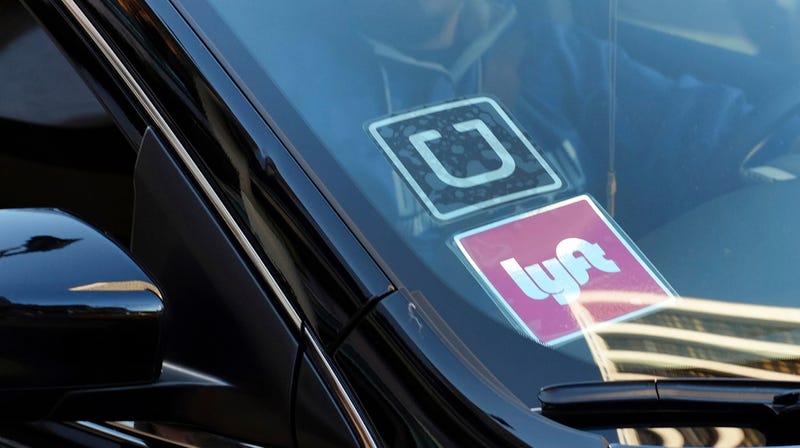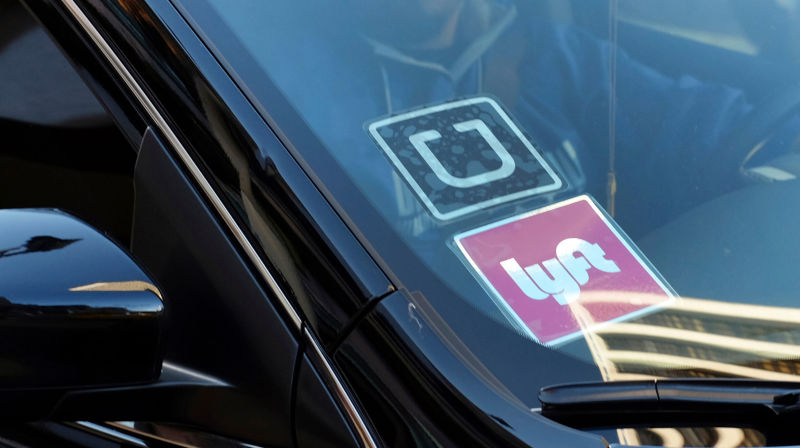
When you’re trying to figure out how to get somewhere, the odds are pretty good your first move is opening Google Maps. But Uber and Lyft each want to change that. To them I say: good luck.
Read through Uber and Lyft’s respective filing documents with the SEC before they went public and you will notice they harbor grand ambitions about dominating the way humans move. In short, they want you to use their app, and only their app, to figure out how to get from A to B, no matter what mode of transportation you use.
Both companies have taken significant steps towards this goal. For one, they have acquired and/or launched bike and scooter programs in various cities around the world, including Lyft’s acquisition of Motivate, the biggest bike share company in the country which runs New York’s Citibike and San Francisco’s GoBike among others.
But both companies have also started to incorporate not only their own non-car services into their apps, but other forms of transportation as well. In January, Uber rolled out public transportation, including purchasing tickets, to its app with Denver’s RTD (just 1,200 RTD tickets were sold through the Uber app in May, according to the company as reported by The Denver Post; RTD’s latest figures show more than eight million monthly trips). Lyft followed soon after in the Denver market to display—but not sell tickets for—RTD services.
Advertisement
But the race is heating up. Since then, Lyft has added public transit information for Boston, Chicago, Denver, Los Angeles, Seattle and Washington. And now, Bloomberg reports the company is adding New York City public transportation information. At least in New York, this gives Lyft a boost over Uber, since Lyft also incorporates Citibike information into the app while Uber doesn’t (again, Citibike is owned by Lyft).
The problem for both of these companies, though, is they are not Google Maps. Frankly, it would take too long to enumerate all the reasons Google Maps is superior to Lyft and Uber’s respective apps, but suffice it to say, Google Maps has for quite some included ridehail options when searching for directions, as well as walking, biking, driving, and public transportation, not to mention traffic and destination information. Google Maps is also rapidly improving by incorporating much more bikeshare information (including which docks have bikes and how many, which Uber and Lyft show for their respective subsidiaries) and electric vehicle charging stations.
Advertisement
In other words, Google Maps is already the one-stop transportation shop Uber and Lyft desire to be, with such an extreme head start it’s hard to fathom how the ridehail companies can even remotely compete. Not to mention, Google Maps is preloaded on about 85 percent of mobile phones.
But perhaps even more importantly, Google Maps isn’t playing in a walled garden. Lyft wants you to hail a Lyft (or use a Citibike or a Lyft scooter or whatever). So does Uber. And they’ll both steer you away (or not display) the other company’s offerings. Google, on the other hand, just wants that sweet, sweet data. Plus, there are urban mobility-specific apps like Citymapper and Transit that have been around for a while and also incorporate most “mobility” offerings as well as public transportation options.
Advertisement
I don’t know how this play ends for the ridehail companies, but in trying to take on Google Maps as the first app people open when they have to go somewhere, it seems like they’re setting themselves up for failure.













